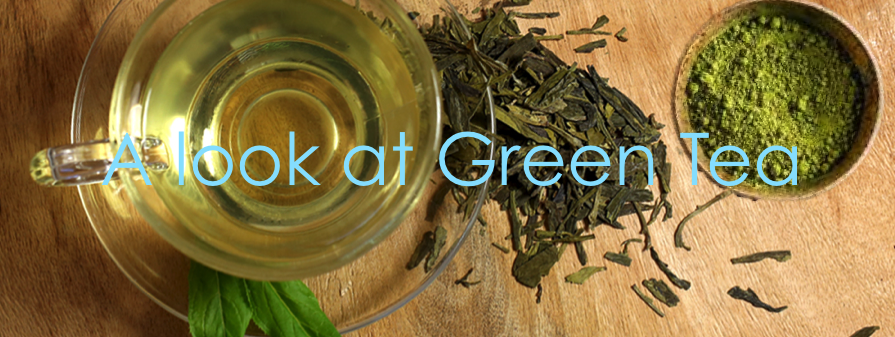Today’s post is about Green Tea, Matcha and it’s health benefits.
A family member recently asked me what the difference was between Matcha green tea and other green teas. Apart from knowing that Matcha is a finely ground tea, I was not aware of any other differences. After some research, this is what I have found out.
So first, what is ‘green tea’?
According to Wikipedia, Green tea is a type of tea that is made from Camellia sinensis, which is native to China. It is green because the leaves and buds have not undergone the same withering and oxidation process used to make oolong teas and black teas. Several varieties of green tea exist, which differ substantially based on the variety of Camellia sinensis and any other ingredients that may be added.
What is ‘Matcha’?
Matcha is the type of tea used in the Japanese tea ceremony. It is traditionally prepared by whisking the tea with hot water in a bowl, until the surface is frothy.
All green teas come from the same breed of plant. However, to create matcha the plants are treated differently. The tea bushes are actually shielded from sunlight for about 20–30 days before harvest. The shade triggers an increase in chlorophyll levels, which turns the leaves a darker shade of green and increases the production of amino acids. After harvesting, the stems and veins are removed from the leaves. They are then stone-ground into the fine, bright green powder known as matcha.
Is green tea healthier?
Whole-leaf green tea is not processed very much before it’s ingested. Therefore green teas contain the highest concentration of beneficial phytonutrients and the least caffeine of all the teas. Since matcha is simply a variety of green tea, it has most of the same health benefits. However, because the whole leaf powder is ingested, it’s stronger than regular green tea.
The matcha also has higher levels of caffeine and antioxidants than regular green tea. Green tea’s biggest benefit is the abundance of catechin content. Catechins are a group of polyphenols with high antioxidant power. Dietary antioxidants counteract free radicals in your body, protecting cells and tissues from damage.
How does it improve our health?
Drinking green tea has been shown to improve blood flow and lower cholesterol. A 2013 review of many studies found that this type of tea helped prevent a range of heart-related issues, from high blood pressure to congestive heart failure.
Green tea also contains a unique amino acid called L-theanine. L-theanine can increase the number of feel-good chemicals in your brain, leading to improved mood, memory, and concentration. It also modifies the effects of caffeine in your body, increasing alertness without causing the drowsiness that often follows coffee consumption.
Green tea has often been associated with weight loss. However, a recent review concluded that the weight loss effects of the tea are so small that they are not of any clinical importance.
Next time you think of having a quiet cuppa, give green tea a try to get the best from your tea break:
- Don’t add boiling water to green tea. It’s bad for all those healthy chemicals in the tea.
- Add lemon. Vitamin C makes the catechins easier to absorb.
- Don’t add dairy, it makes it harder for the body to absorb the catechins.
- Nutrient levels in green tea can vary. Pricier teas usually have more.
- Canned green-tea drinks generally have more additives and fewer nutrients.
relax and enjoy. (Sources http://whfoods.org, www.ncbi.nlm.nih.gov, www.webmd.com) Till the next post,
Live clean n Prosper

